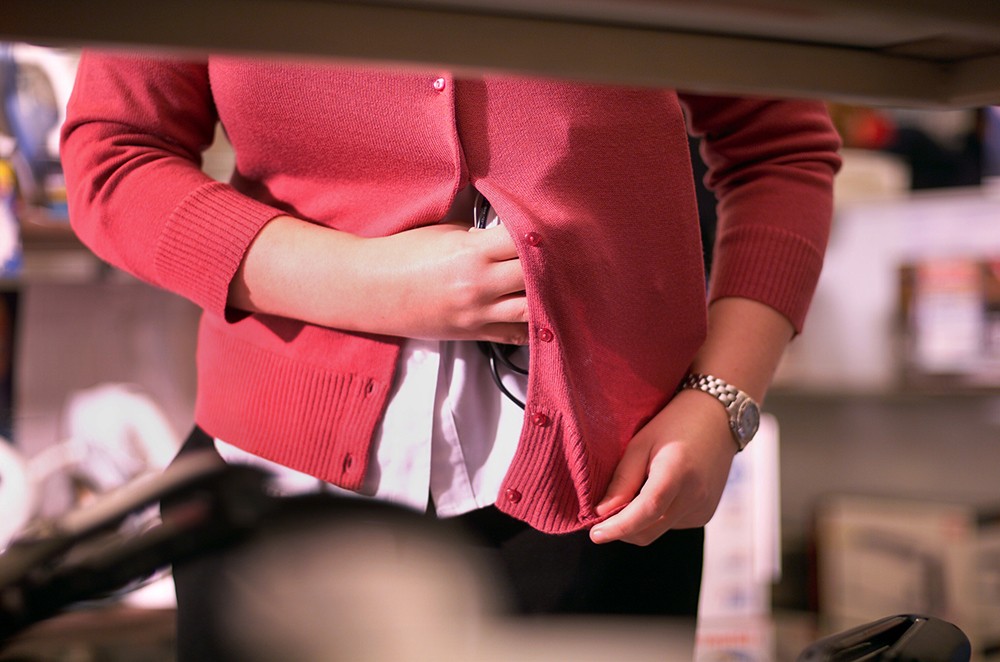As American retailers prepare wear the cost of a whopping $50 billion in inventory loss this year, it would be nice to think the shoplifters behind much of this shrink would be easy to spot.
The unfortunate reality is they’re not. According to extensive research by the National Association of Shoplifting Prevention (NASP), shoplifters come from all walks of life, all ages and demographics, and they’re a lot more common than you think.
Here’s an insight into the “average” shoplifter, and how to thwart their attempts.
The average shoplifter?
If research tells us anything it’s that there is no such thing as an average shoplifter. The NASP notes one in 11 Americans steal, women are as likely to steal as men, children and teens are the ones stealing 25 per cent of the time, and all types of stores are targeted.
In most cases (around 73 per cent of the time) the offender doesn’t even intend to steal, they just seize opportunity when it’s available. Meanwhile, many shoplifters buy and steal during the same retail visit.
The seven types of shoplifter
While you can’t judge a shoplifter by appearance, there is research to suggest a series of reasons prompt the offence, with shoplifters falling into seven major categories:
- The opportunist – An amateur shoplifter, the opportunist is likely to steal something just because they can, targeting goods that aren’t secured or monitored adequately. This shoplifter may even be a regular customer, who feels entitled to a discount due to their ongoing, repeat clientele.
- The impoverished – The impoverished shoplifter steals out of need, but despite their disadvantaged socio-economic situation, may still be hard to pick.
- The drug user/addict – This shoplifter steals to feed a habit either re-selling the items they take or attempting to return them for a financial refund.
- The thrill seeker – Usually egged on by a dare, the thrill seeker tends to steal on a whim and as part of a group. Teenagers often fall into this category.
- The kleptomaniac – This type of shoplifter generally targets low value items and steals out of compulsion.
- The absent minded – This unintentional shoplifter steals by pure mistake, and may include the elderly, and parents distracted by young children.
Commonly targeted items
Although most shoplifting isn’t premeditated, the most recent Global Retail Theft Barometer found some items were more likely to be stolen than others.
Often-targeted products share common features: they are small and easy to conceal, and/or have high resale value.
In the US, that sees items such as footwear, mobile device accessories, wines and spirits, and fragrances among the most commonly targeted items.
Suspicious behavior
Whether it’s stealing out of necessity, stealing as a profession, or stealing for the rush, loss prevention retailer Vitag notes that rather than relying on profiling, spotting a shoplifter generally comes down to recognizing suspicious behavior and body language.
Key clues a shoplifter may exhibit include:
- Spending more time watching the cashier or salesperson than actually shopping.
- Wearing bulky, heavy clothing during warm weather or coats when unnecessary.
- Walking with short or unnatural steps, which may indicate that they are concealing stolen items.
- Taking several items into a dressing room and only leaving with one item or none.
- The customer’s eyes are not looking at what their hands are doing; instead they are looking out for staff! So if the eyes don’t match the action…beware.
- Appearing nervous and picking up random items with no interest.
- Frequently entering store and never making a purchase.
Best prevention strategies
The best loss prevention involves using multiple strategies and having a comprehensive approach to product security.
It includes:
- Educating staff as to the behavior of shoplifters and suspicious activity to watch out for.
- Electronic article surveillance to monitor stock, including labels for low value items and security tags with increased magnetic strength like super lock, hyper lock and multi-polar tags for more expensive products.
- Regular stocktakes and RFID inventory tracking to ascertain whether items are stolen and what stock is most at risk.
- Good store layout to eliminate hidden areas, and positioning high value stock/commonly stolen items within view of staff.
- Good customer service.
- CCTV monitoring.
- Tethered cables, lockable displays and cabinet locks.
Final thoughts
Retailers may not be able to sot a potential shoplifter but with training, education and the right loss prevention strategies, they can secure their store to minimize the risk and cost.
And when retail loss comes with a $50 billion price tag, prevention is always better than a cure.
